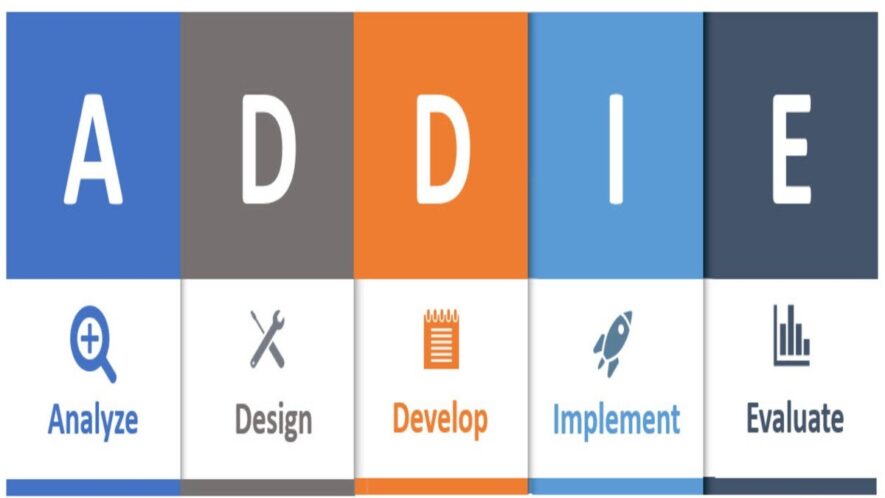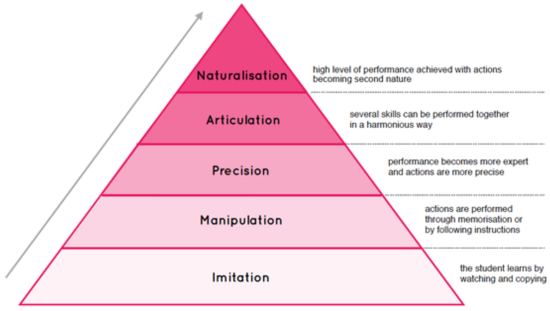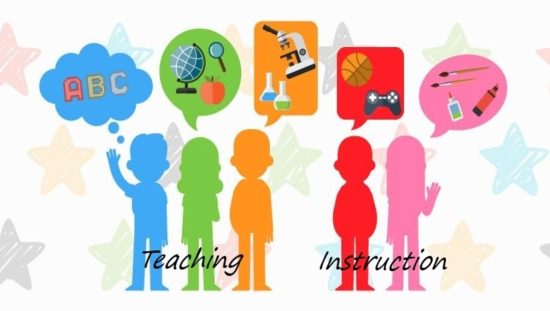Instructional Design
The ADDIE model is mostly commonly used instructional design model. Instructional design is a systematic process that involves the creation of educational experiences and materials in a way that facilitates effective and efficient learning. It involves creating instructional materials, such as online courses, instructional manuals, video tutorials, and learning simulations.
ADDIE Model
The ADDIE model is an instructional design framework that helps to create effective learning experiences. The ADDIE model is a learning model that is used most commonly by the instructional designers and training developers to produce effective learning materials.
Steps of ADDIE Model
ADDIE is an acronym for a five-step process: Analysis, Design, Development, Implementation, Evaluation. A brief description of these steps is as follows:
Analysis
- Needs Analysis: Identifying the learning needs and objectives of the target audience. It identifies the gap between the current state of knowledge or skills and the desired state.
- Task Analysis: Breaking down complex skills or tasks into smaller, manageable components.
Design
- Learning Objectives: Clearly defining what learners should know or be able to do after completing the instructional program.
- Content Design: Developing the actual content, including selecting appropriate instructional materials and methods. Organizing and sequencing the instructional content in a logical manner.
- Instructional Strategies: Determining and selecting the appropriate methods and techniques that will be used to deliver the content effectively.
- Assessment Strategies: Designing assessments to measure learning outcomes.
Development
- Creation of Materials: Developing instructional materials, such as text, presentations, handouts, e-learning modules, simulations, and multimedia elements etc.
- Prototyping: Building a preliminary version of the instructional program for testing and evaluation.
Implementation
- Delivery of Instruction: Actual deployment of the instructional materials or courses to the learners.
- Facilitation: Providing support, guidance, and feedback to learners during the learning process.
Evaluation
- Formative Evaluation: Conducting ongoing assessments during the instructional design process to identify and address issues, and to make improvements.
- Summative Evaluation: Assessing the overall effectiveness of the instructional program in achieving its objectives after its implementation.
- Feedback Analysis: Using feedback from evaluations to make necessary revisions and improvements to the instructional program.
In short, Instructional design is a systematic process that involves creating educational experiences to facilitate learning. For the overall success of instructional design, each of the components of ADDIE model is crucial in its own right, and the effectiveness of instructional design often depends on the careful consideration and integration of all these components throughout the development process.
OTHER RELATED POSTS



